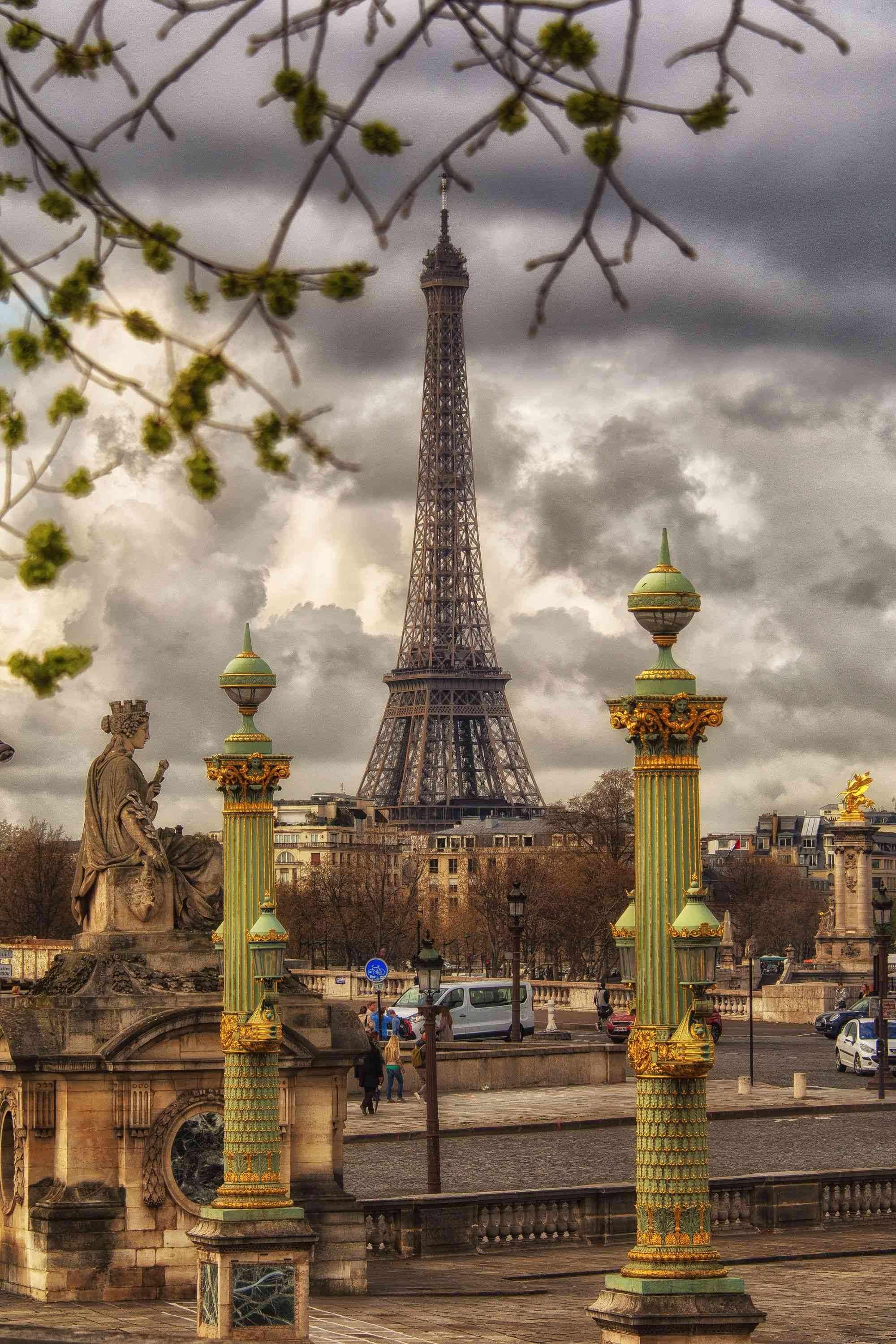The Eiffel Tower, located in the center of the French capital, Paris, is considered a symbol of the industrial revolution in France, and the French call it La Dame de Fer, meaning the Iron Woman.
The reason for its creation:
In a competition to design a memorial to celebrate the centenary of the French Revolution in 1884, the idea of the tower design came to Eiffel et Compagnie and its design was the winner of 100 designs
The engineer, Gustave Eiffel, was one of the owners of the company, and the memorial was attributed to him, even though one of the company’s engineers, named “Maurice Kechelin”, came up with the design concept. Gustav and Morris have previously collaborated in installing the statues of the Statue of Liberty.
Gustav is said to have rejected Morris's original plan to build the tower and ordered that more pieces be added to the decoration.
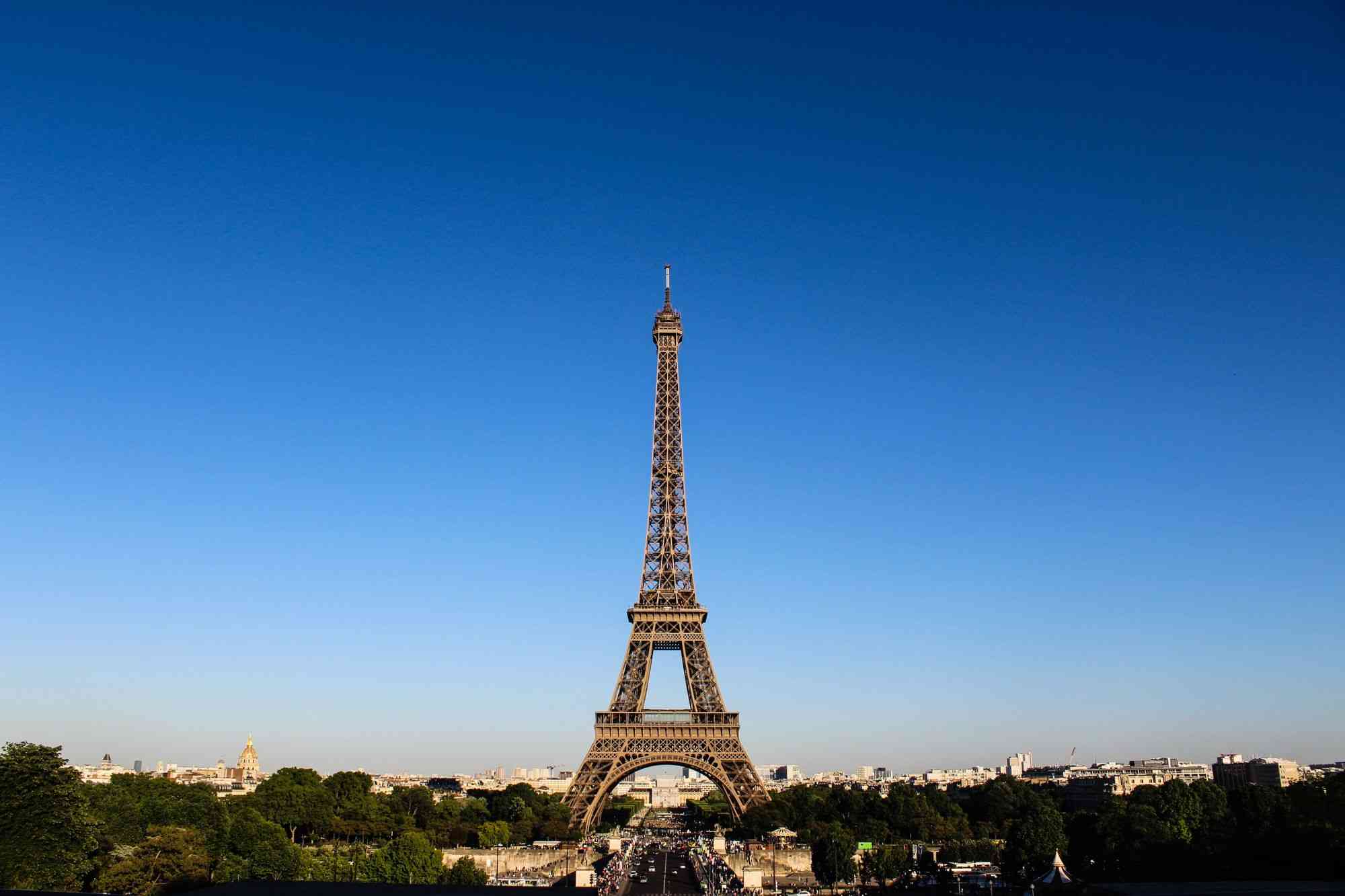
Creation
The excavation and construction process continued within two years, reaching the height of the Eiffel Tower 300 meters, and it is located on a base with a height of 5 meters (17 feet), and after placing a television antenna above its top, the total height reached 324 meters.
Despite its unprecedented height, the Eiffel Tower construction took a relatively small strength of 300 workers for only two years. 18,000 ironworks were manufactured at the Eiffel Foundry in the Levallois-Perret suburb, where they were transported to Champ de Mars and raised in place by steam cranes. Many decorative motifs in Sauvestre were abandoned as work continued, reducing the cost of construction and the weight of the tower. Surprisingly, there was only one work-related death.
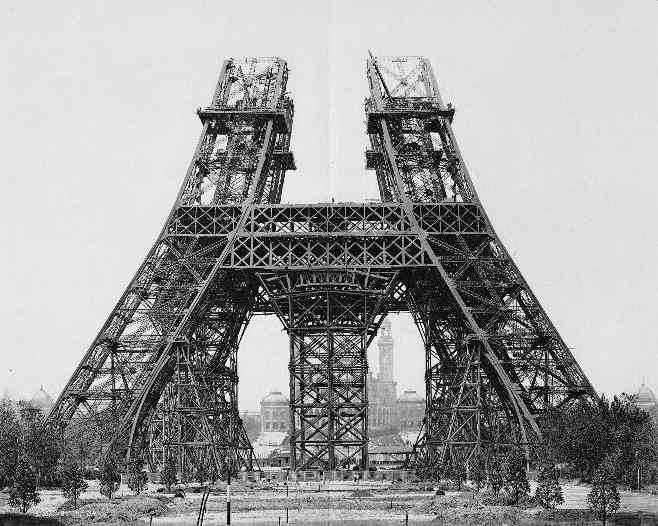
The materials used in building the tower
The Eiffel Tower has 108 floors, and it was built entirely of open wrought iron. It required 7300 tons of iron, which is 18 thousand pieces of wrought iron, and 60 tons of paint to cover all its parts, and has since been repainted 18 times. After its construction was completed, the tower was the entrance gate to the exhibition held on the occasion of the centenary celebration of the French Revolution.
The Eiffel Tower consists of four iron lattice piers placed in a square, rising from an initial slope of 54 degrees and bending to the top until they meet, at which point the tower rises with one skill hierarchically, until the camp is at its summit. Its shape was dictated primarily by concerns about winds at high altitudes, an issue that even affected the size and position of nails holes in the iron members of the tower. Three floors are open to visitors, with the first and second levels suspended between the four and third berths in the camp, 324 meters above the ground. Before construction began, Eiffel calculated that the tower would weigh 6,500 metric tons and would cost 3,155,000 francs; When built, the Eiffel Tower weighs 7,300 tons and costs two and a half times as expected.
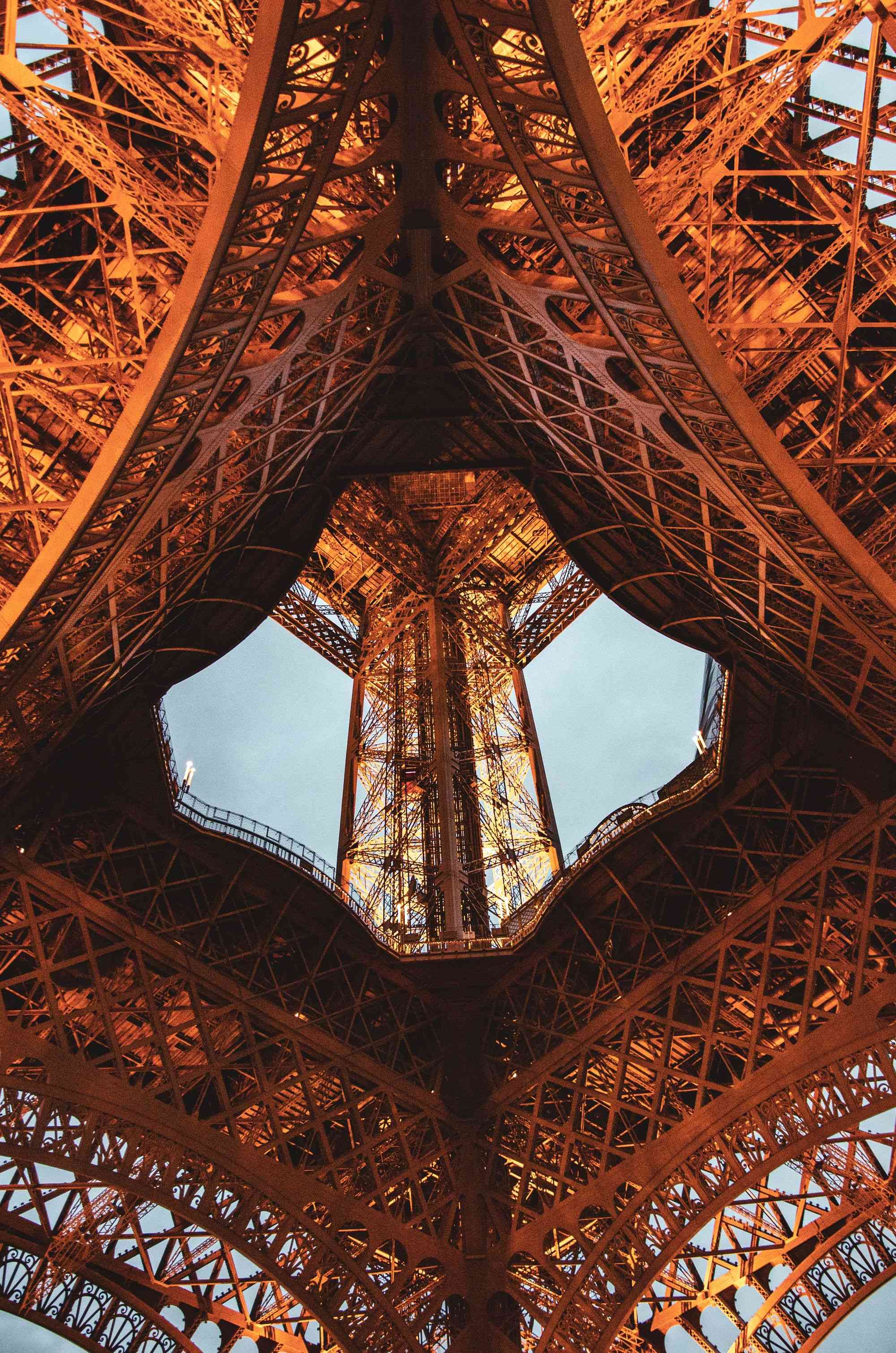
At the opening of the Eiffel Tower the first time in 1889 the color of the paint was reddish brown, and after a decade, it was repainted with yellow, then yellowish brown, then chestnut, before the current brown color of the tower was darkened as a final color in 1968, and because of the towering height of the tower The color will be in three dark shades of them at the bottom, and light at the top. It is known that the tower is repainted every 7 years to renew its youth.
Criticism
The tower was initially not welcomed by many French people, and about 300 artists also expressed concern about the building of the tower in a speech entitled "Protest against the Tower of Monsieur Eiffel". The opponents say that the tower constituted a threat to the aesthetic nature of Paris, and they considered it contrary to the elegance and beauty spread in the city.
The growing tower sparked enthusiastic reactions from the French who watched it rise along the Seine. Its wrought iron frame, seen as a symbol of the widening rift between architecture and engineering, was an outrage of much of the city's art community. Some denounced the tower as "brutal and unnecessary," while others compared it to a "massive black factory chimney". Among its critics is the architect Charles Garnier, who has repeatedly eaten their food in the tower in later years, claiming it is "the only place in Paris where I shouldn't see it."
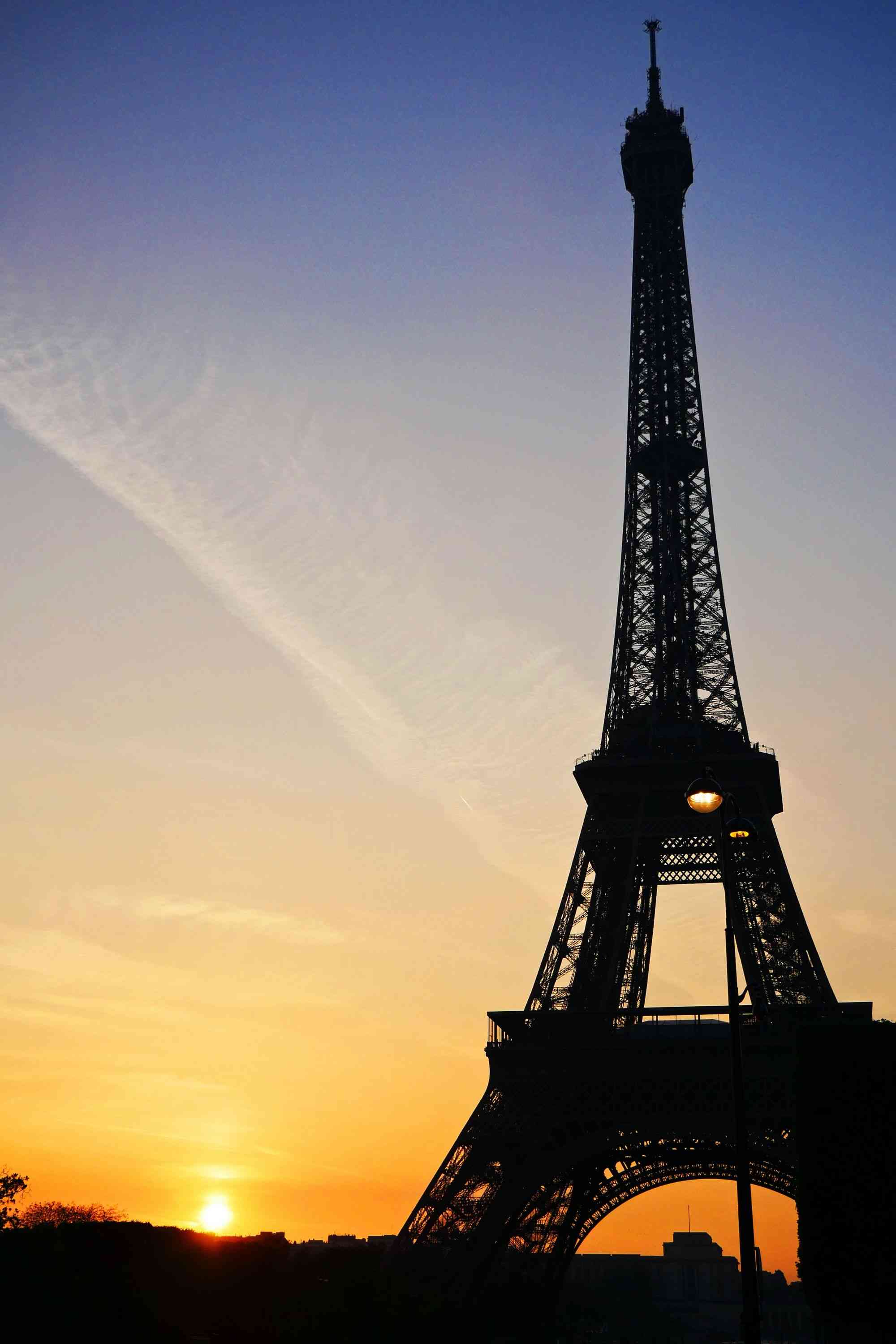
The opposition to the project proved to be fruitless, and Gustave Eiffel raised the French three colors over the completed tower in March 1889, one month before the deadline, to persuade the French to be proud of having the highest flag of a country in France, which indicates control and influence in the world. It was opened to the public two months later, attracting a large number of visitors who wish to monitor Parisis they had not had before. Also, dinner is at one of the four restaurants. The elevator system and ladders were designed when opened to allow 5,000 people to visit the Eiffel Tower every hour.
The symbolism of the Zodiac
The construction permits for the tower were linked to an agreement that guaranteed the tower’s survival for only 20 years, after which the fate of removal and destruction would be met. However, the amazing success achieved by the tower after visiting two million people during the centenary celebration of the French Revolution, made the building a symbol of French industrial strength.
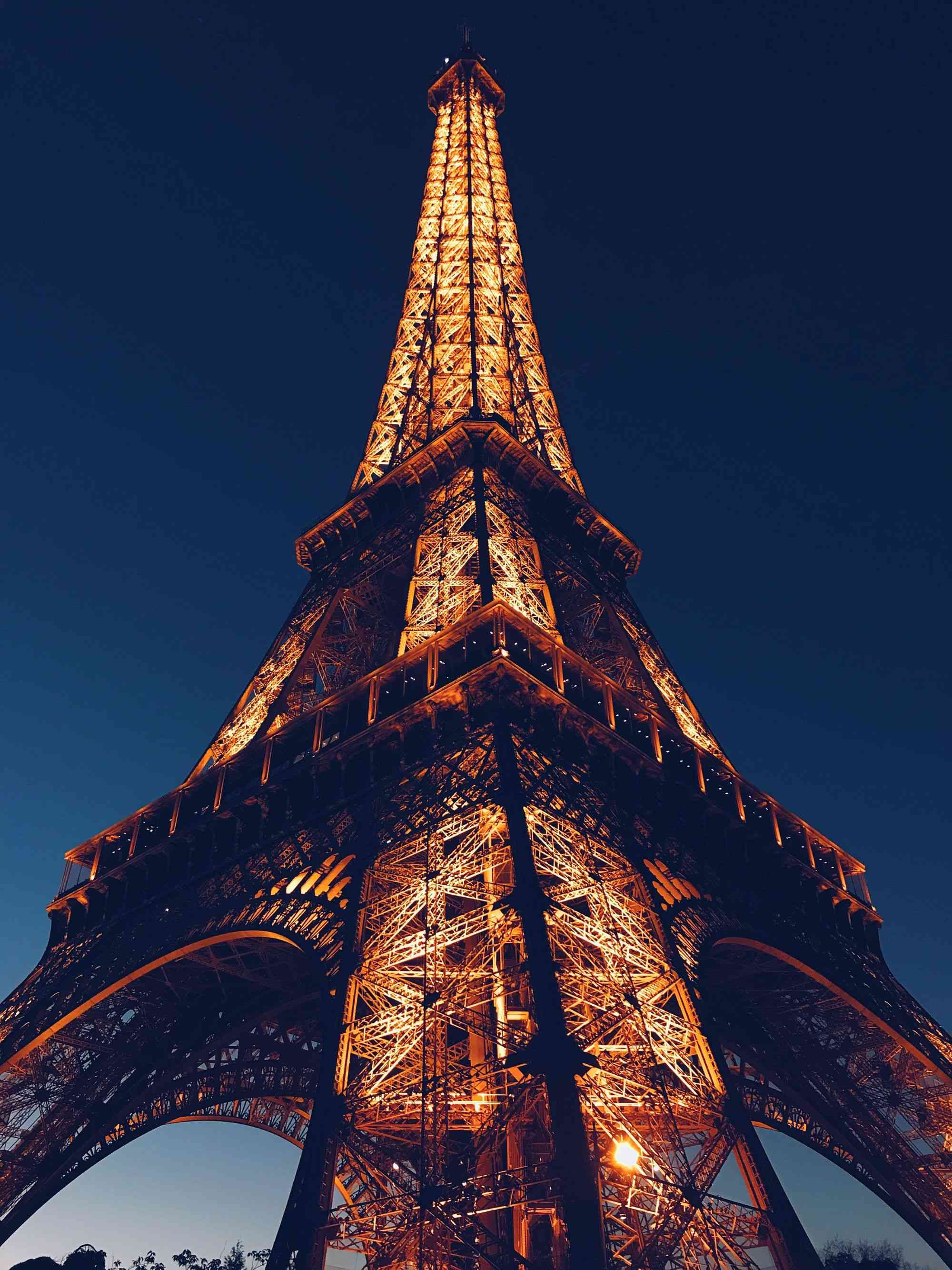
The scientific uses of the constellation
Gustav Eiffel is determined to keep the tower and made great efforts to prove its scientific benefit. Scientific experiments were conducted in the tower after Gustav installed a meteorological laboratory on the third floor of the tower, and invited scientists to use the laboratory in studying everything from gravity to electricity.
It was also used in 1910 as a radio telegraph transmitter, and the French army used it to communicate wirelessly with ships in the Atlantic Ocean, intercepting enemy messages during World War I.
There are still more than 120 antennas on the tower, used to broadcast radio and television signals throughout Paris and beyond.
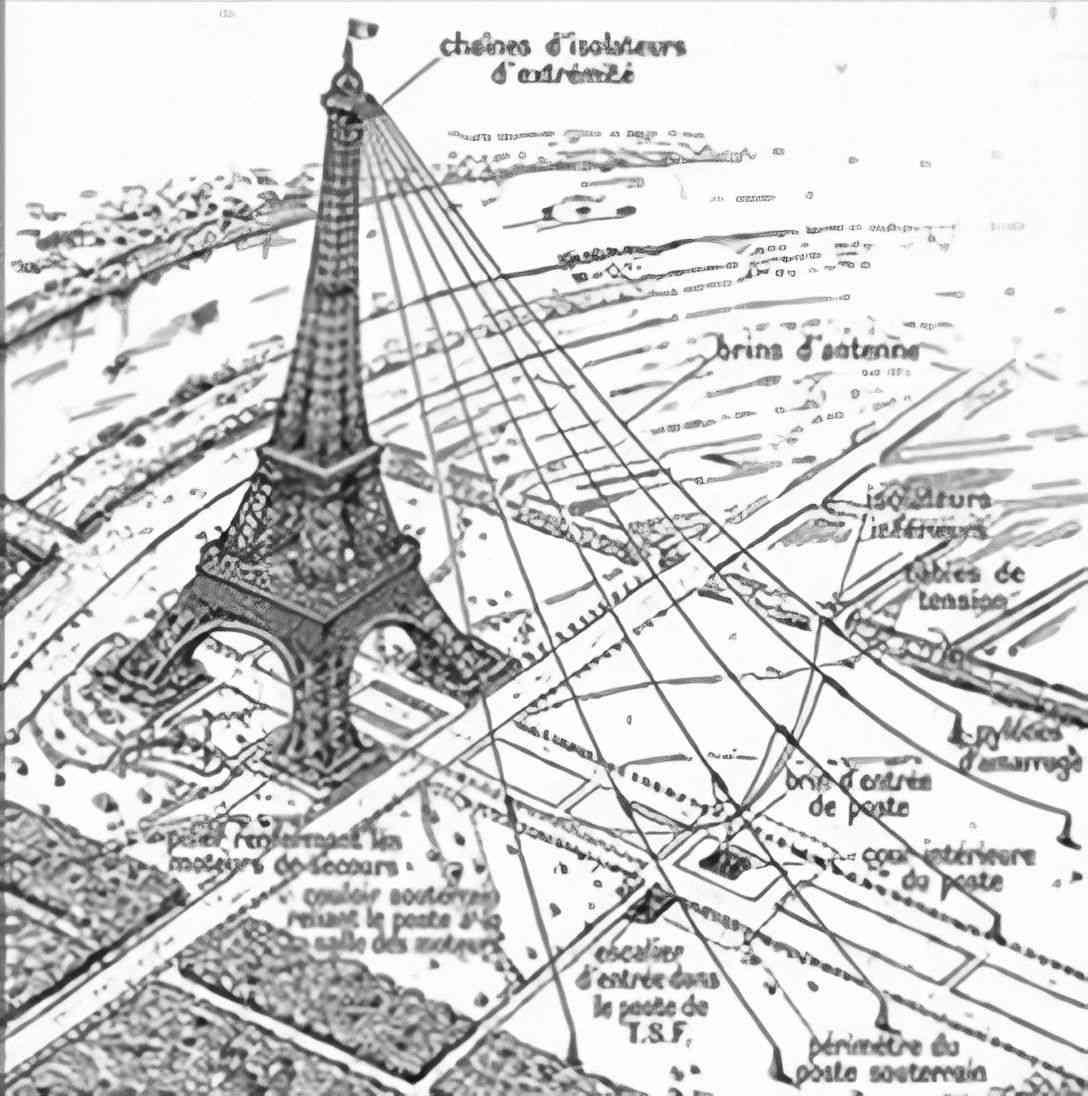
During World War II, the French army used the Eiffel Tower wireless station to intercept enemy messages from the German capital Berlin, and it is said that one of the messages intercepted by the tower was a coded message between Germany and Spain displaying customer details H-21. Based on this message, Margarita Gertrude or as known as "Mata Hari" was arrested on charges of spying for Germany.
The tallest building in the world
For 4 decades, the Eiffel Tower was the tallest building in the world until the construction of the Chrysler Building in New York in 1930, which was more than 318 meters high
The Eiffel Tower was used as the largest billboard in the world between 1925 and 1936. With the moments of sunset coming, a quarter of a million colored lights on three sides of the tower were illuminating vertically with the letters Citroën as an advertisement for the French car company "Citroen".
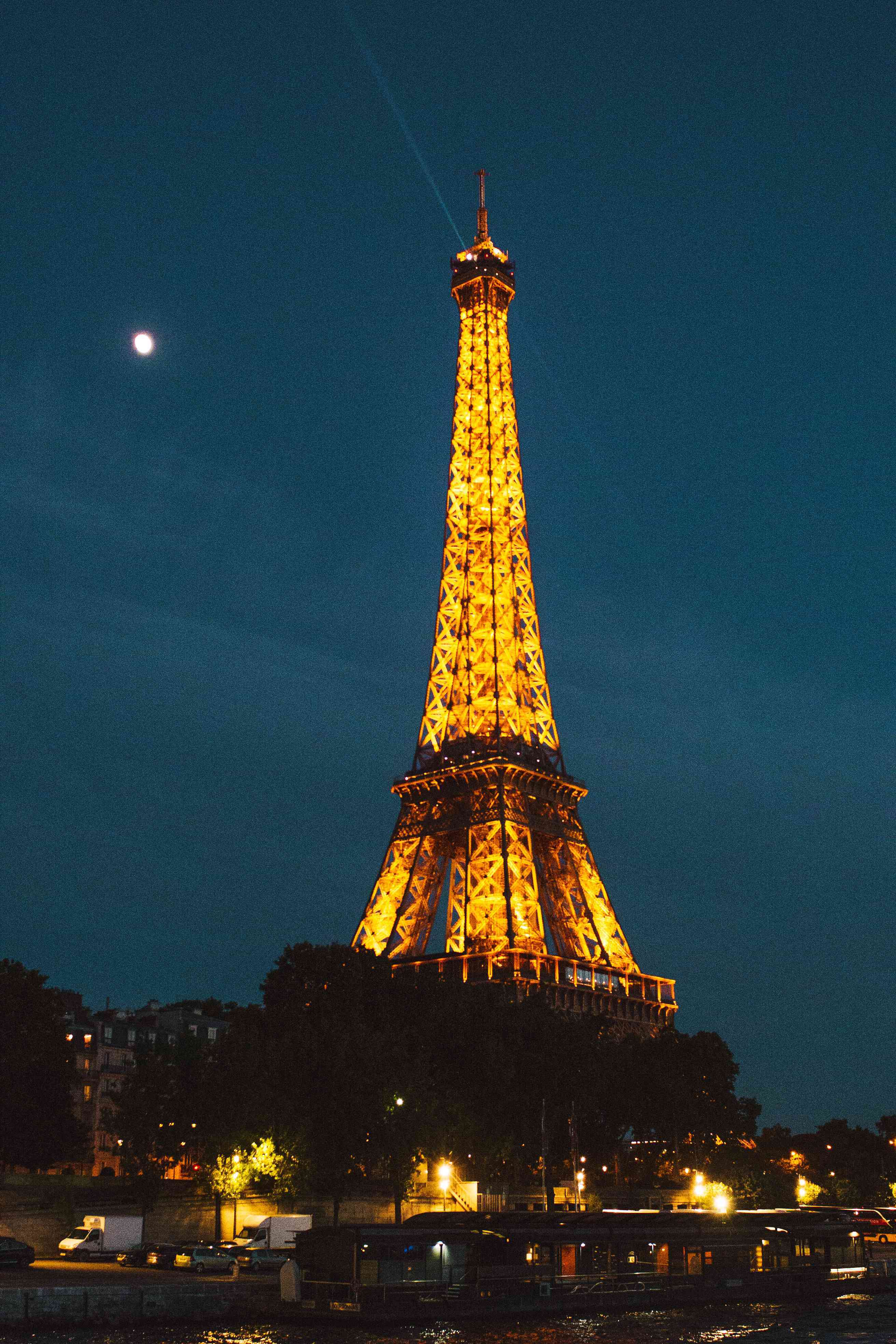
In the last century, the Eiffel Tower has returned from the edge of demolition to become one of the most important monuments in the world. She held the title of the tallest building in the world for forty years, and by the time she lost this honor to the Chrysler Building in New York City, she had acquired greater and greater importance for the people of France. The distinctive nature of the Eiffel Tower has turned into a symbol for both its nation and the city of Paris, with many replicas being built in cities around the world. Seven million people visit the tower each year, with the same desire of their predecessors in 1889: to see the "city of lights" from a stunning sight made possible by industrial innovation, national enthusiasm and human scientific progress.
Thanks for reading!
Stay with us.
- Utopia Educators. Do subscribe to stay updated. Thanks
Sources:
1-The Eiffel Tower: Marvels of Engineering. 2014: Marvels of Engineering.
2-Hanser, p66.
3-https://en.wikipedia.org/wiki/Eiffel_Tower
4-https://www.history.com/news/10-things-you-may-not-know-about-the-eiffel-tower
5-https://www.wonders-of-the-world.net/Eiffel-Tower/Construction-of-the-Eiffel-tower.php

